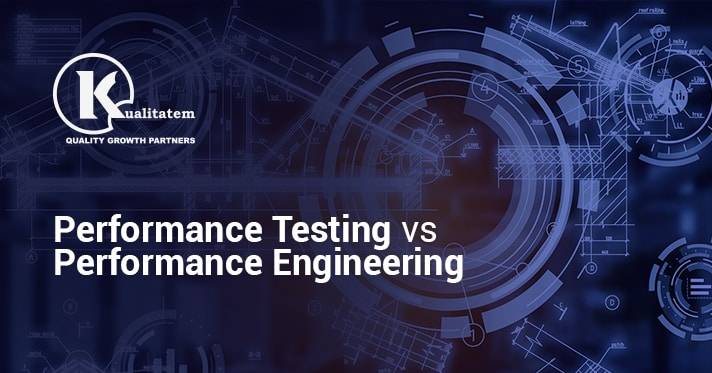Performance Testing vs Performance Engineering

- November 25, 2019
- HibaSulaiman
Global companies have been working on implementing robust performance testing solutions that are an integral part of their strategic decisions. They aim at producing software applications that meet quality standards for speed, stability, and responsiveness. These companies and brands hire performance testing services but applications do not work as expected under unforeseen conditions. Performance engineering has caught the spotlight across various business verticals, making it important for companies to pay close attention to differences between performance testing and performance engineering.
Before getting into the details, let’s have a look at the two concepts separately:
Performance Testing – Performance testing is a set of practices in which testers simulate real end-user load and access patterns in controlled environments to check an app’s speed, stability, and scalability. Typically, performance test results are evaluated depending on metrics that allow testers to identify and eliminate potential bottlenecks. Performance testing services are limited to testing applications with respect to meeting performance requirements.
Performance Engineering – Performance engineering is a concept where different practices, techniques, and activities are performed throughout the software development lifecycle (SDLC) to help applications meet performance requirements. It focuses on design, architecture, and implementation to build applications that meet high-performance standards.
Importance of Performance Engineering
Due to complex applications and emerging technologies, performance engineering is gaining widespread recognition. Applications are integrated with third-party vendors to drive growth and innovations for businesses. So, it is no longer a single activity to drive growth and it makes testing more complicated.
Performance Testing or Engineering?
The performance engineering concept is crucial to ensure flawless application performance and it also promotes faster application delivery. Enterprises are in dire need of a rapid turnaround and expect no delay in time, which is only possible when performance engineering is embedded within the application development lifecycle. In performance testing, testing is carried out when the application is in production i.e. the end of the software development process. Performance testing alone does not work efficiently to achieve success in an agile environment. Whereas, performance engineering enables QA teams to get their work done and it continues throughout the SDLC.
Moving Forward with Performance Engineering
In an agile environment, performance engineering can be effective by aligning it with the help of a shift-left approach. Performance bottlenecks can be identified and rectified before the applications are sent into production. Performance engineering can optimize overall system performance.
An effective performance engineering strategy enables teams to handle the challenges they face during performance testing. Teams test their applications for all functional and non-functional aspects. A performance testing company can utilize this approach by evaluating the performance of an application to make the most of their performance testing efforts. Performance engineering consists of various processes, mechanisms, and practices engineered within the software development cycle to confirm that the application fulfills all the performance and non-functional requirements.











